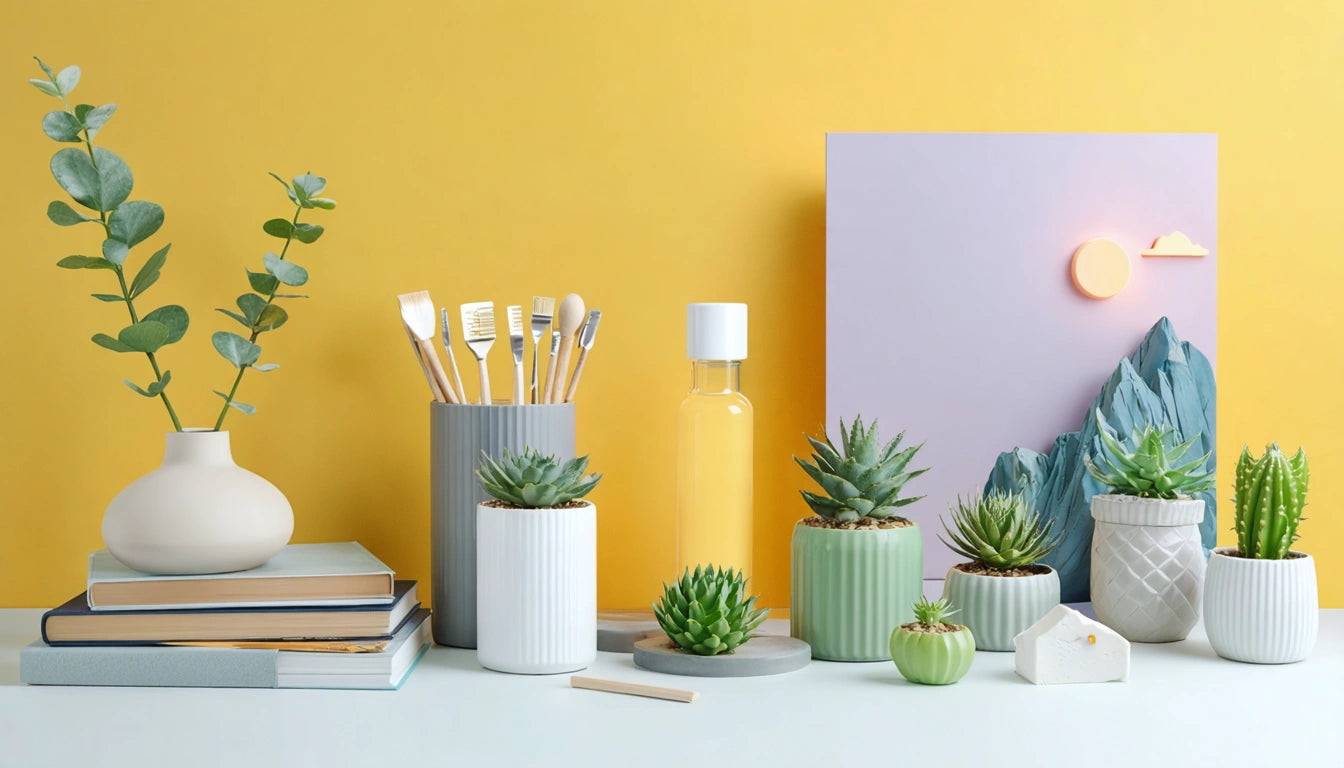Table of Contents
- The Critical Importance of Palletization in Supply Chain Efficiency
- 1. Dimensional Optimization: The Foundation of Efficient Palletization
- 2. Stackable Designs: Engineering for Vertical Stability
- 3. Material Selection: Balancing Protection and Weight
- 4. Modular Packaging Systems: Flexibility Meets Efficiency
- 5. Automation Considerations: Designing for Robotic Handling
- Implementation Strategies for Enhanced Logistics Performance
5 Ways to Maximize Palletization with Packaging Design
Effective palletization represents a critical yet often overlooked component of packaging strategy. When products stack efficiently on pallets, companies experience cascading benefits throughout their supply chain, from reduced shipping costs to improved warehouse utilization. This guide explores five proven approaches to optimize packaging for superior palletization.
The Critical Importance of Palletization in Supply Chain Efficiency
Palletization efficiency directly impacts transportation costs, storage capacity, and handling requirements. According to logistics-minded packaging design principles, even minor improvements in pallet utilization can yield significant operational savings. For cannabis businesses managing multiple SKUs, strategic palletization becomes particularly valuable when scaling distribution networks.
Effective palletization starts with intentional design choices that consider the entire supply chain journey. When packaging engineers collaborate with logistics teams early in the development process, the resulting solutions better serve both product protection and distribution efficiency needs.
1. Dimensional Optimization: The Foundation of Efficient Palletization
The dimensions of your packaging should align with standard pallet footprints (typically 40" × 48" in North America) to minimize wasted space. This requires careful calculation of primary packaging dimensions to ensure they create efficient secondary packaging configurations.
Key Dimensional Considerations:
- Design packaging in modular dimensions that maximize pallet surface coverage
- Minimize overhang that could lead to product damage or reduced stability
- Consider the impact of case counts on overall pallet efficiency
- Evaluate whether dimensional adjustments could allow additional layers per pallet
Many companies find that reducing packaging dimensions by even small amounts can dramatically improve pallet density. In our manufacturing facility, we've implemented similar principles when designing equipment layouts for processing operations to maximize floor space utilization while maintaining workflow efficiency.
2. Stackable Designs: Engineering for Vertical Stability
Vertical stability determines how high products can safely stack on a pallet. Packaging with interlocking features or reinforced corners supports higher stacking patterns without compression damage.
Stability Enhancement Techniques:
- Incorporate interlocking tabs, recesses, or corner designs
- Reinforce weight-bearing areas with structural supports
- Consider column stacking versus brick patterns for fragile items
- Design flat tops and bottoms that distribute pressure evenly
As explained in this guide on logistics and packaging integration, stackability directly impacts warehouse capacity utilization, potentially reducing storage footprint by 15-30% when optimized.
3. Material Selection: Balancing Protection and Weight
Material choices significantly impact palletization performance. Lightweight yet strong materials maximize the product-to-packaging weight ratio, allowing more units per pallet while maintaining protection.
Strategic Material Considerations:
- Evaluate corrugate grades based on stacking requirements
- Consider rigid plastic for repeated use scenarios
- Explore honeycomb structures for strength-to-weight optimization
- Select materials that resist humidity for international shipping
For temperature-sensitive products, material selection becomes even more critical. Cold chain packaging solutions must balance thermal protection with palletization efficiency to maintain product integrity throughout distribution.
4. Modular Packaging Systems: Flexibility Meets Efficiency
Modular packaging systems accommodate product variations while maintaining palletization consistency. This approach is particularly valuable for companies with diverse product lines or seasonal variations.
Modular System Benefits:
- Standardized outer dimensions with customizable internal configurations
- Consistent pallet patterns across product variations
- Simplified inventory management for packaging components
- Adaptability to changing product specifications
When designing for international markets, modularity becomes even more valuable. As outlined in designing packaging for international shipping, modular systems can adapt to different regional requirements while maintaining palletization efficiency.
5. Automation Considerations: Designing for Robotic Handling
Modern warehouses increasingly rely on automated systems for palletizing and depalletizing operations. Packaging designed with these systems in mind ensures smooth processing and reduces handling errors.
Automation-Friendly Design Elements:
- Consistent dimensions and weights across packaging units
- Clear barcode placement for automated scanning
- Smooth surfaces that won't snag on conveyor systems
- Reinforced grip points for robotic handling
Automated palletizing systems can process up to 100 cases per minute when packaging is properly designed for machine handling. This represents a significant efficiency improvement over manual operations while reducing labor costs and workplace injuries.
Implementation Strategies for Enhanced Logistics Performance
Implementing optimized palletization requires a systematic approach that considers both immediate packaging needs and long-term supply chain goals. Start by analyzing current palletization patterns to identify improvement opportunities. Conduct load testing with prototype designs before full implementation, and consider working with logistics partners to evaluate real-world performance.
As outlined in our comprehensive guide on palletization maximization, companies that adopt these strategies typically see improvements in shipping density, reduced damage rates, and lower overall logistics costs. The initial investment in redesigned packaging frequently delivers return on investment within 6-12 months through operational savings.
By approaching packaging design with palletization as a primary consideration rather than an afterthought, businesses can create solutions that protect products while optimizing every step of the distribution process.











Leave a comment
All comments are moderated before being published.
This site is protected by hCaptcha and the hCaptcha Privacy Policy and Terms of Service apply.